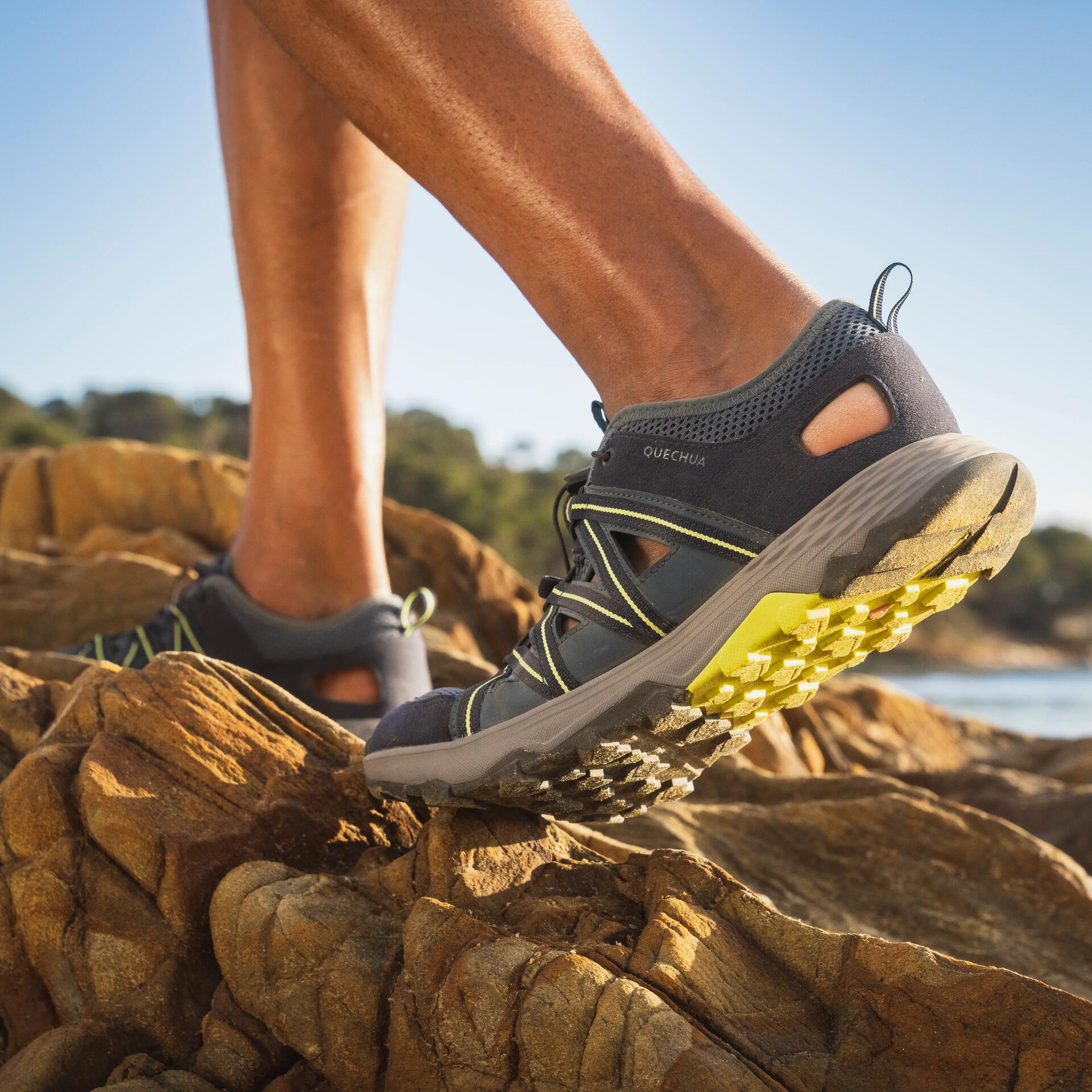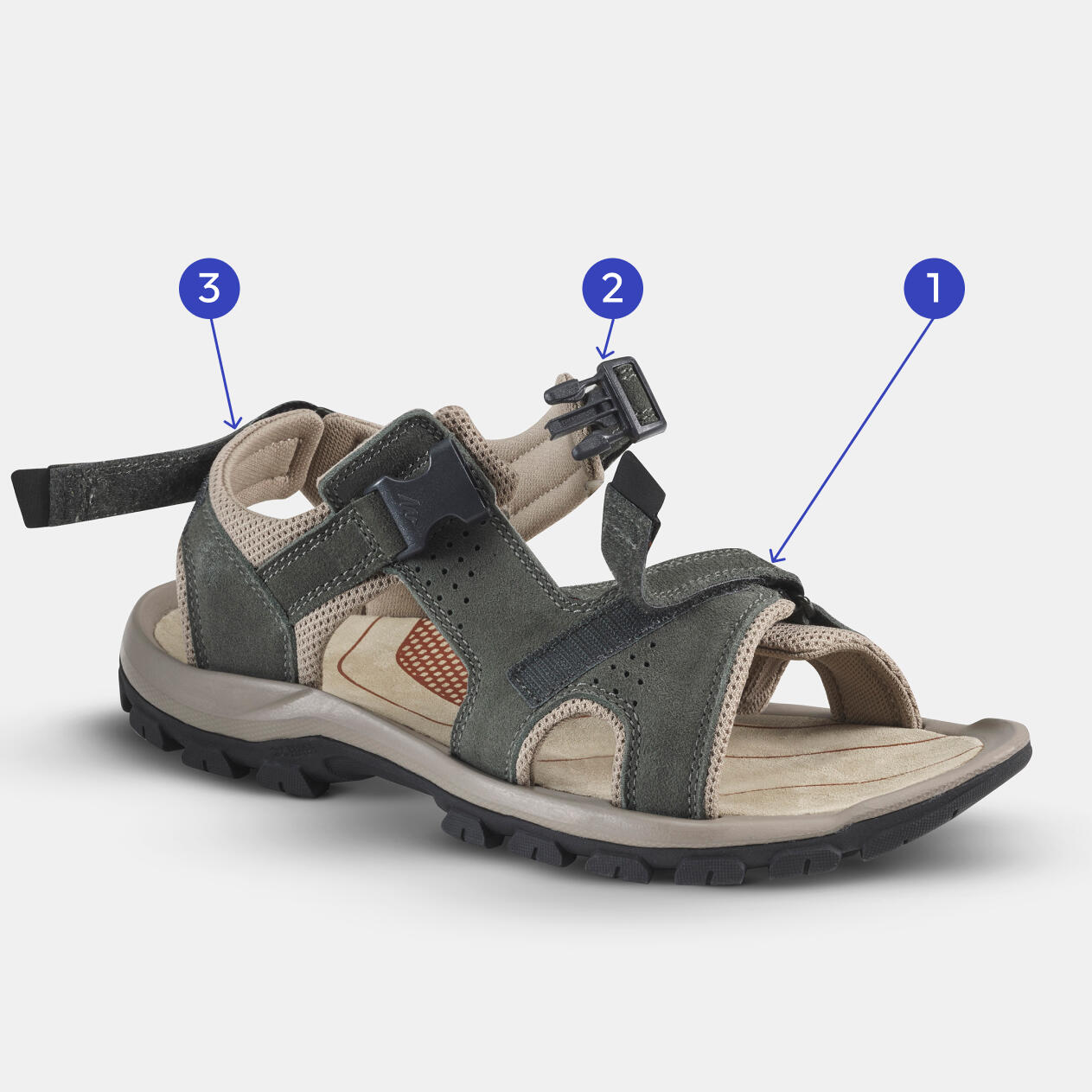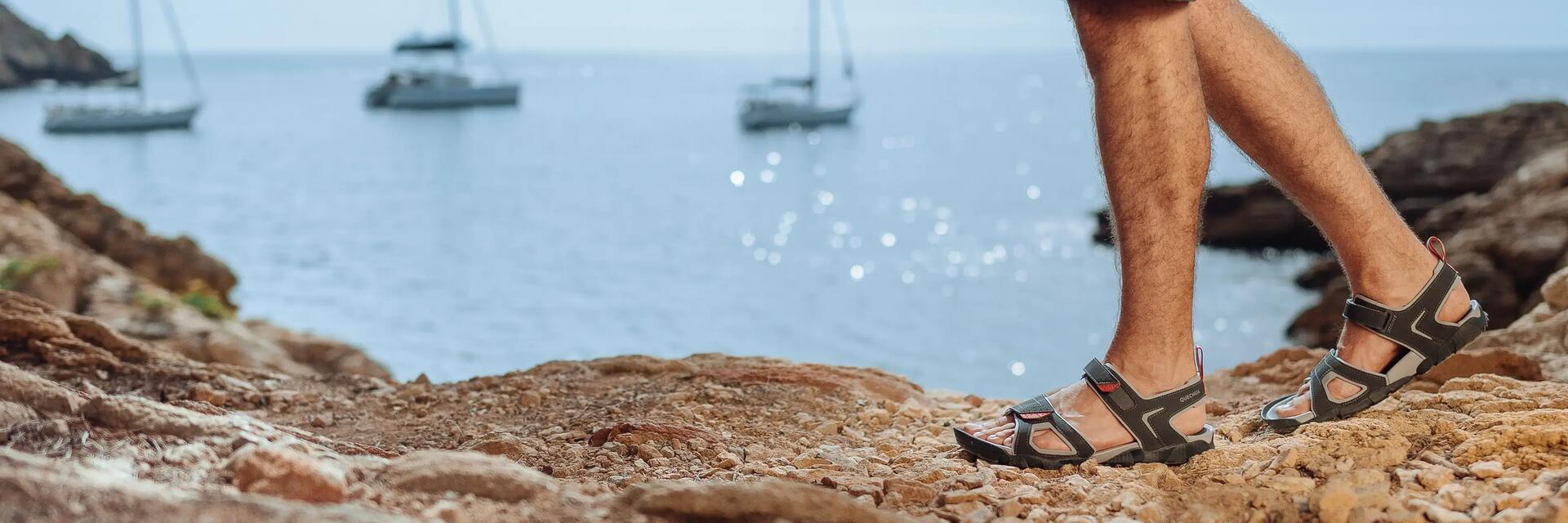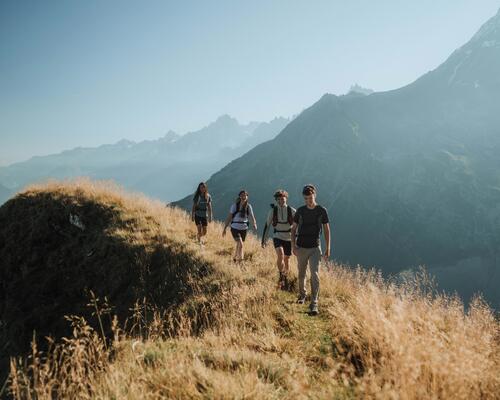How to choose the right men’s hiking sandals for your preferred activity?
Your choice of men’s hiking sandals will mainly depend on your preferred activity. Hiking sandals are suitable for terrain that is easily accessible and not too rugged, but should be avoided for technical hikes at medium altitude. That's because they don't provide as much support and protection as hiking boots.
Here’s our advice on which sandals to choose for your activity:










